Uncategorized
-
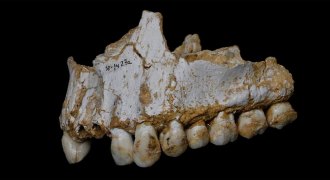 Archaeology
ArchaeologyAncient dental plaque tells tales of Neandertal diet and disease
Researchers have reconstructed the diet and disease history of ancient Neandertals.
-
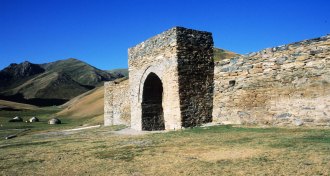 Archaeology
ArchaeologyAncient nomadic herders beat a path to the Silk Road
Herders’ mountain treks helped mold the Silk Road, an ancient, cross-continental trade network.
By Bruce Bower -
 Animals
AnimalsReaders dispute starfishes’ water-swirling abilities
Volcanic eruptions, fast-freezing water, starfish physics and more in reader feedback.
-
 Science & Society
Science & SocietyScience journalists don’t use the science of ‘nudge’
Acting Editor in Chief Elizabeth Quill discusses the mission of science journalists.
-
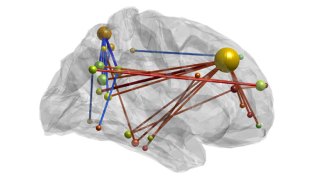 Neuroscience
NeuroscienceBrain training turns recall rookies into memory masters
Six weeks of training turned average people into memory masters, a skill reflected in their brains.
-
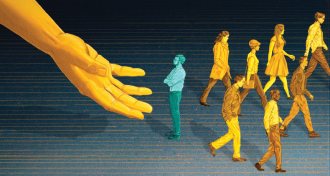 Psychology
PsychologyNudging people to make good choices can backfire
Steering people’s decisions with simple nudges, such as e-mail reminders or opt-out programs, can come with a downside.
By Bruce Bower -
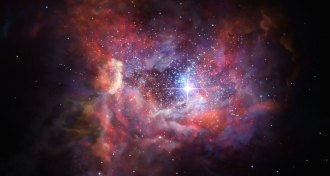 Astronomy
AstronomyAstronomers detect oldest known stardust in distant galaxy
The first stardust ever generated in the universe may have been spotted in a distant galaxy, seen as it was 600 million years after the Big Bang.
-
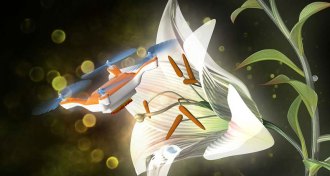 Agriculture
AgricultureFleets of drones could pollinate future crops
Chemist Eijiro Miyako turned a lab failure into a way to rethink artificial pollination.
-
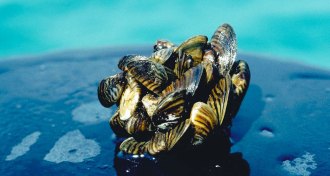 Ecosystems
EcosystemsInvasive species, climate change threaten Great Lakes
In The Death and Life of the Great Lakes, a journalist chronicles the lakes’ downward spiral and slow revival.
-
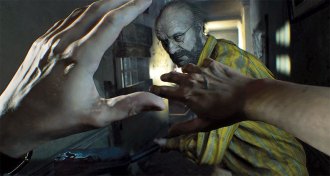 Tech
TechVirtual reality has a motion sickness problem
Virtual reality games and experiences can make some people sick, and women are more susceptible.
By Betsy Mason -
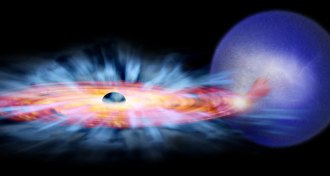 Astronomy
AstronomyMagnetism helps black holes blow off gas
The turbulent winds that swirl around black holes are probably driven by magnetic fields, scientists say.
-
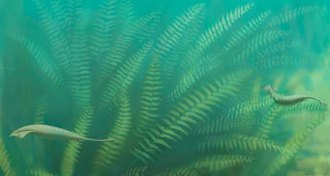 Paleontology
PaleontologyIdentity of ‘Tully monster’ still a mystery
Paleontologists challenge whether the Tully monster actually was a vertebrate because it lacks key vertebrate structures.